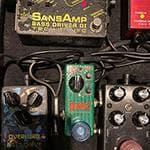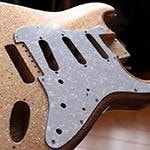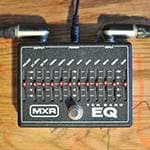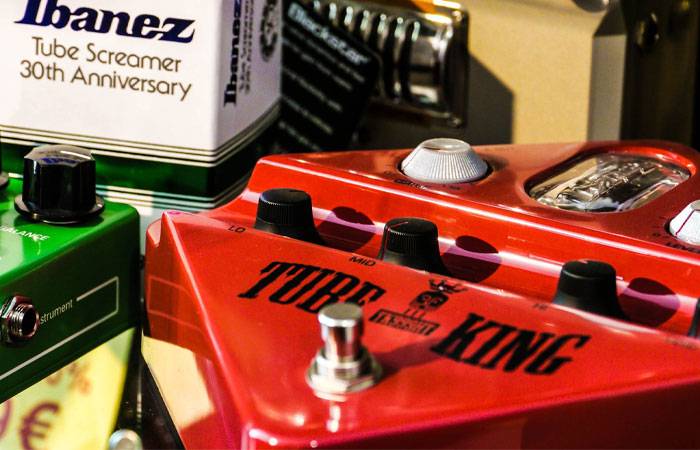
Hey everyone! Kaoru the composer here!
Today, I would like to talk about the phaser pedal as part of my basic guide to effects pedals.
The phaser belongs to a category of effects called "modulation".
It’s commonly used for rhythmic playing, such as funk-style strumming or "comping", where its swirling, undulating sound fits perfectly in genres like funk and jazz.
That said, it’s a surprisingly versatile effect—you can also use it for arpeggios, solos, lead playing, and more.
■ What Is a Phaser?
A phaser creates a swirling, whooshing sound by mixing the original signal with a slightly phase-shifted version of itself.
It’s often confused with a flanger, but the two have a key difference: while phasers use phase shifting to create their effect, flangers work by delaying the original signal slightly and mixing it back in.
One of the most iconic users of the phaser effect is legendary guitarist Eddie Van Halen, who famously used the MXR Phase 90.
He used it so prominently that a signature model was even released, making him one of the key figures behind the phaser’s rise in popularity.
When setting up your pedalboard, phasers are typically placed after distortion effects.
■ History of the Phaser
The origins of the phaser effect can be traced back to the Leslie speaker (also known as a rotary speaker), which was developed in the 1940s.
This speaker was designed to produce vibrato and tremolo effects by physically rotating its speakers, and it was commonly used with electric organs.
However, Leslie speakers were large and not easily portable. To overcome this limitation, compact pedal versions were later developed, which lead to the creation of modern phaser effects that could replicate similar swirling tones in a much smaller and more convenient form.
■ Roles of Each Knob
Phaser pedals often come equipped with several control knobs that are essential for shaping your sound and choosing the right gear. Here’s a breakdown of the most common ones:
RATE、SPEED: Controls how quickly the phasing effect cycles, or in other words, how fast the "swirl" or modulation moves.
DEPTH: Adjusts how deep or intense the phasing effect sounds.
FEEDBACK: Alters the resonance of the effect by feeding part of the signal back into the circuit, resulting in a sharper or more pronounced phase.
MIX: Determines how much of the wet (effected) signal is blended with the dry (original) signal.
Some phaser models may feature additional knobs or parameters for more detailed sound customization.
Now, let’s take a look at a recommended product available at Sound House:
The MXR M101 Phase 90 is considered to be a classic phaser pedal, and it’s a go-to choice for many musicians. It features an iconic orange body and an extremely simple design with only a single SPEED knob. This means the only adjustable parameter is the rate of the phasing swirl.
In other words, it's incredibly easy to use, making it perfect for beginners who want a plug-and-play experience without overcomplicating things. Its simplicity is part of what makes it so popular not only with guitarists but also with keyboard players.
This pedal has been around for decades and continues to maintain strong popularity, a testament to its reliability and great tone. And with a price of around ¥9,000, it’s quite affordable.
For those looking for more versatility, there’s also a more advanced model:
This model is equipped with an Intensity control that lets you choose how the effect is applied across four positions.
It can be used subtly like a hidden accent or boldly as a dramatic effect, making it versatile for a wide range of situations.
If you're a guitarist who often uses cutting techniques, I recommend the M107.
A rotary simulator pedal from Strymon, the top brand in ambient effects.
It uses the Doppler effect to produce tremolo and vibrato.
By setting it to a deeper level, you can create a sound that feels as if it’s being played underwater, making it perfect for creating an ambient atmosphere.
Depending on how you dial it in, you can also achieve tones similar to a high-quality chorus effect.
Despite its simple layout with four knobs, it offers an impressive degree of control and flexibility.
At around ¥40,000, it’s not exactly cheap, but with its outstanding functionality and sound quality, it's ideal for those seeking a higher-grade sound.
MAD PROFESSOR / Tiny Orange Phaser
In addition to the usual SPEED control, this high-quality phaser allows you to control:
- Resonance: Controls the tone
- Rotating switch: Alters the wobble
- Two types of phase switching
- MIX: Controls the amount of effect applied
The sound itself is clean and clear with no undesirable quirks, making it very easy to handle. The design is also cool, so it will definitely stand out on your pedalboard!
That concludes my explanation of the "Phaser" and my recommended products.
Among the many effects, the phaser is often considered to be difficult to use, but I’m sure many of you may now think, “It actually seems pretty easy to use!”
The more you use it, the more fun and interesting discoveries you’ll make, so I highly recommend it to anyone who hasn’t tried it yet!
The “sound & person” column is made up of contributions from you.
For details about contributing, click here.





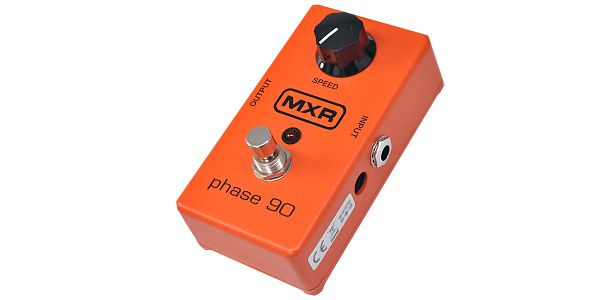

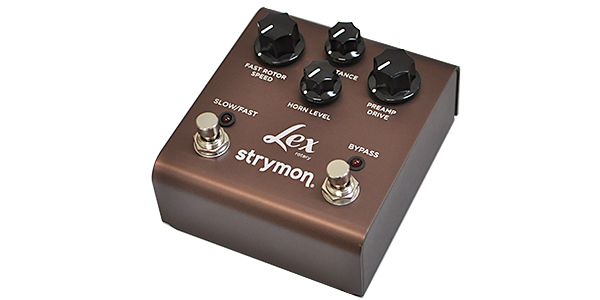
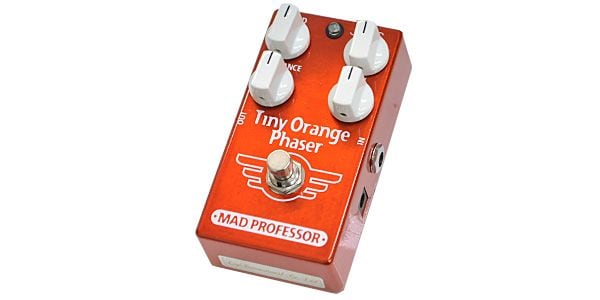





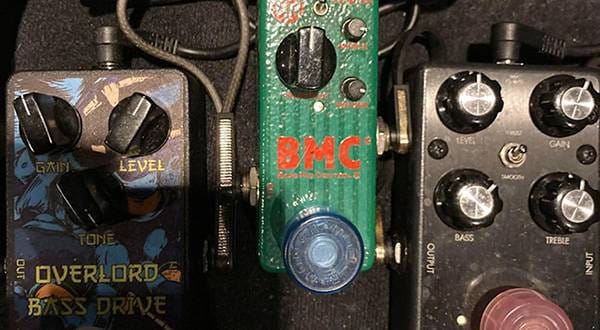
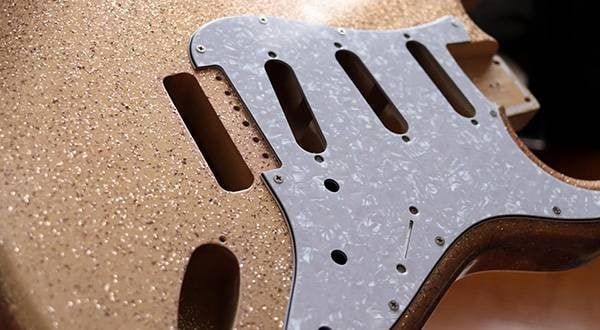
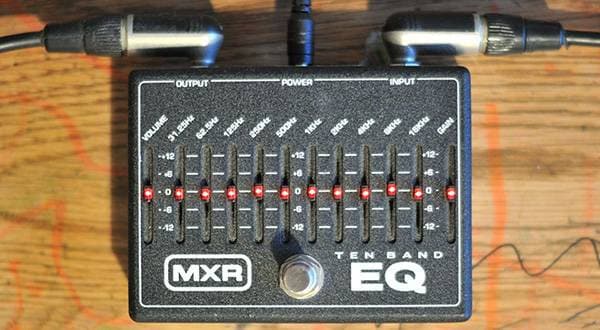


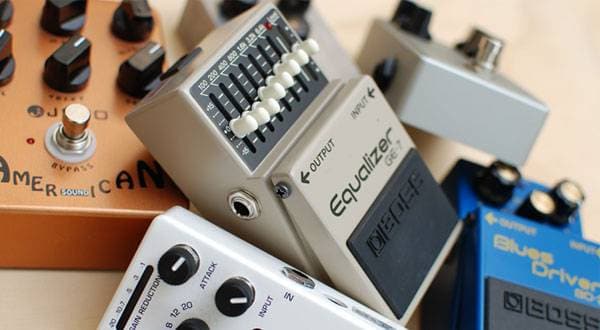
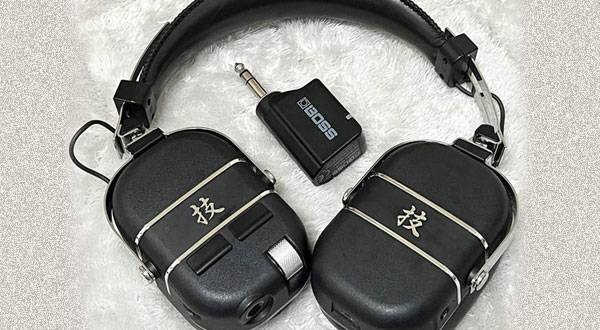

![[Eventide Time Factor] -High-quality multifunctional delay comparable to a rack type-](/contents/uploads/thumbs/5/2020/8/20200828_5_11027_1.jpg)
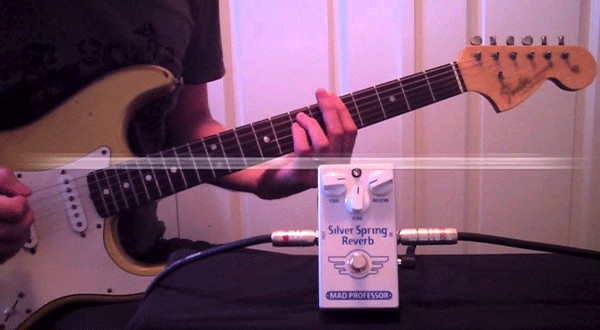
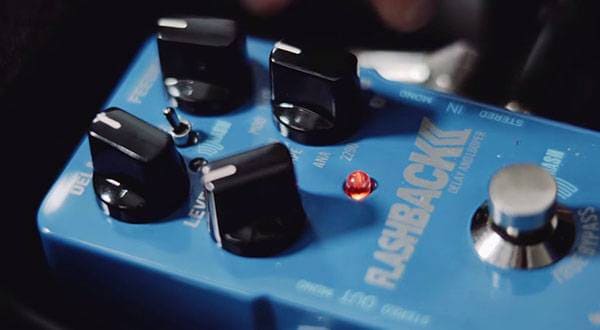
 はじめてのエフェクターは GT-1 にしよう
はじめてのエフェクターは GT-1 にしよう
 第2弾 あなたのエフェクターボード見せてください
第2弾 あなたのエフェクターボード見せてください
 【初心者向け】エフェクター講座
【初心者向け】エフェクター講座
 あなたのエフェクターボード見せてください
あなたのエフェクターボード見せてください
 エフェクターのつなぎ方
エフェクターのつなぎ方
 エフェクターの種類
エフェクターの種類
